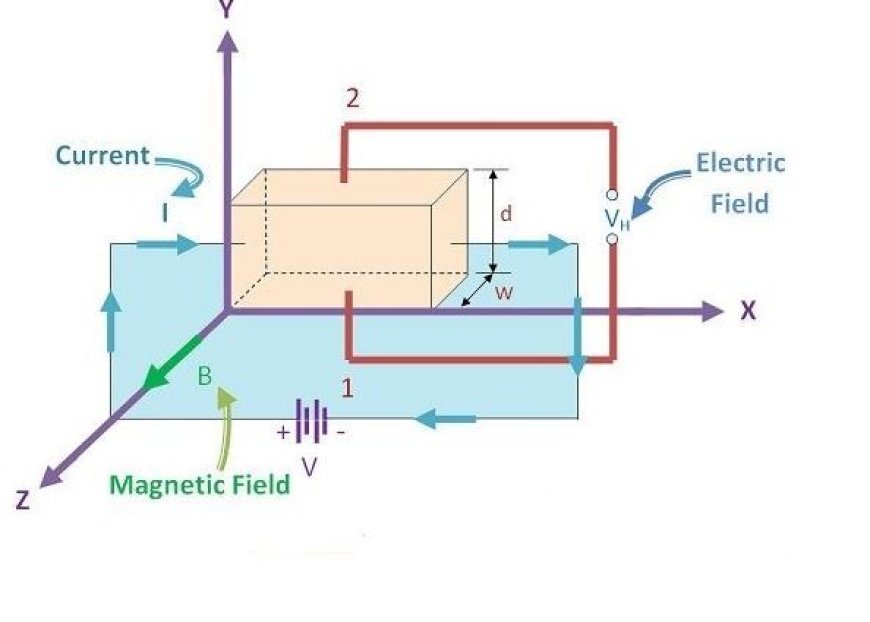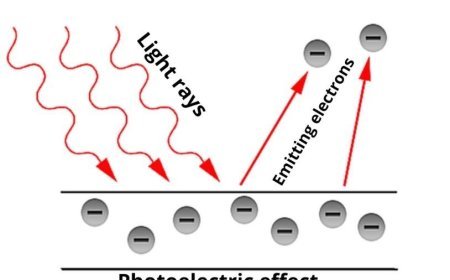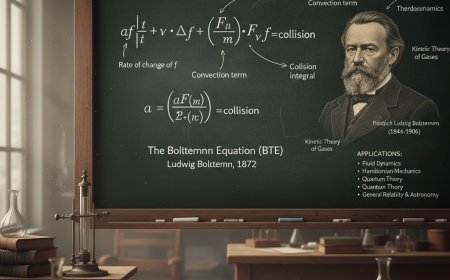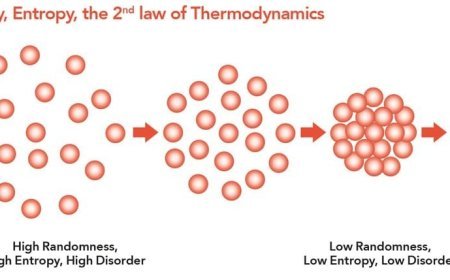HALL EFFECT
Current + Magnetic Field = Voltage at Right Angle (Hall Effect).

Hall Effect
- The Hall effect is when a solid that is carrying an electric current is put in a magnetic field that is perpendicular to the current. This makes the solid produce a crosswise electric field.
- In 1879, Edwin Herbert Hall discovered the Hall effect.
Principle of the Hall effect
- The Hall effect says that a voltage can be recorded at a right angle to the direction of the current when a current-carrying conductor or semiconductor is put in front of a magnetic field that is not parallel to it.
- The Hall effect is the process of getting a charge that can be measured.
Theory
- A current starts to flow when an electrical plate is linked to a circuit that has a battery.
- They will move from one end of the plate to the other end in a straight line. By moving charge carriers around, magnetic fields are created.
- It changes the magnetic field of the charge carriers when a magnet is put close to the plate. This disrupts the charge carriers' normal straight flow.
- The Lorentz force is the force that changes the direction of the flow of charge carriers.
- The negatively charged electrons will be pushed to one side of the plate and the positively charged holes will be pushed to the other side by the magnetic field of the charge carriers.
- A Hall voltage, which is a change in potential between the two sides of the plate, can be measured with a meter.
Applications of the Hall Effect
The following situations use the hall effect principle:
- Magnetic field detection gear
- A Hall-effect tong tester is used to measure direct current.
- It's used to measure phase angles
- for proximity detectors;
- In Hall effect sensors and probes.
- Linear or angular displacement sensors to find out how fast the wheels are moving and help the anti-lock braking system as a result.
What's Your Reaction?



































